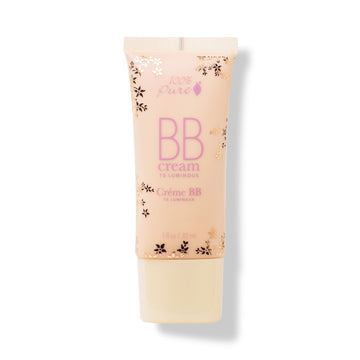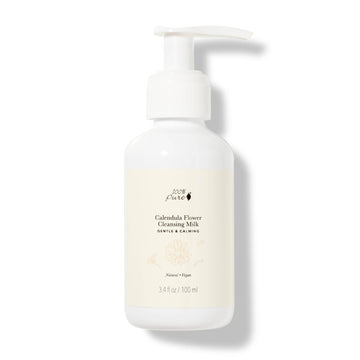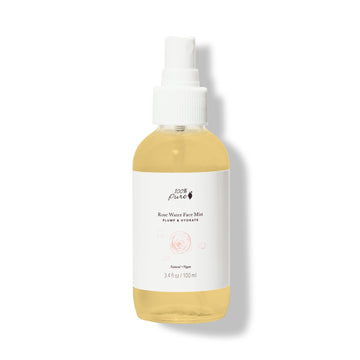Discussing the safety and efficacy of this natural preservative in skin care and cosmetics
Written by: 100% PURE ®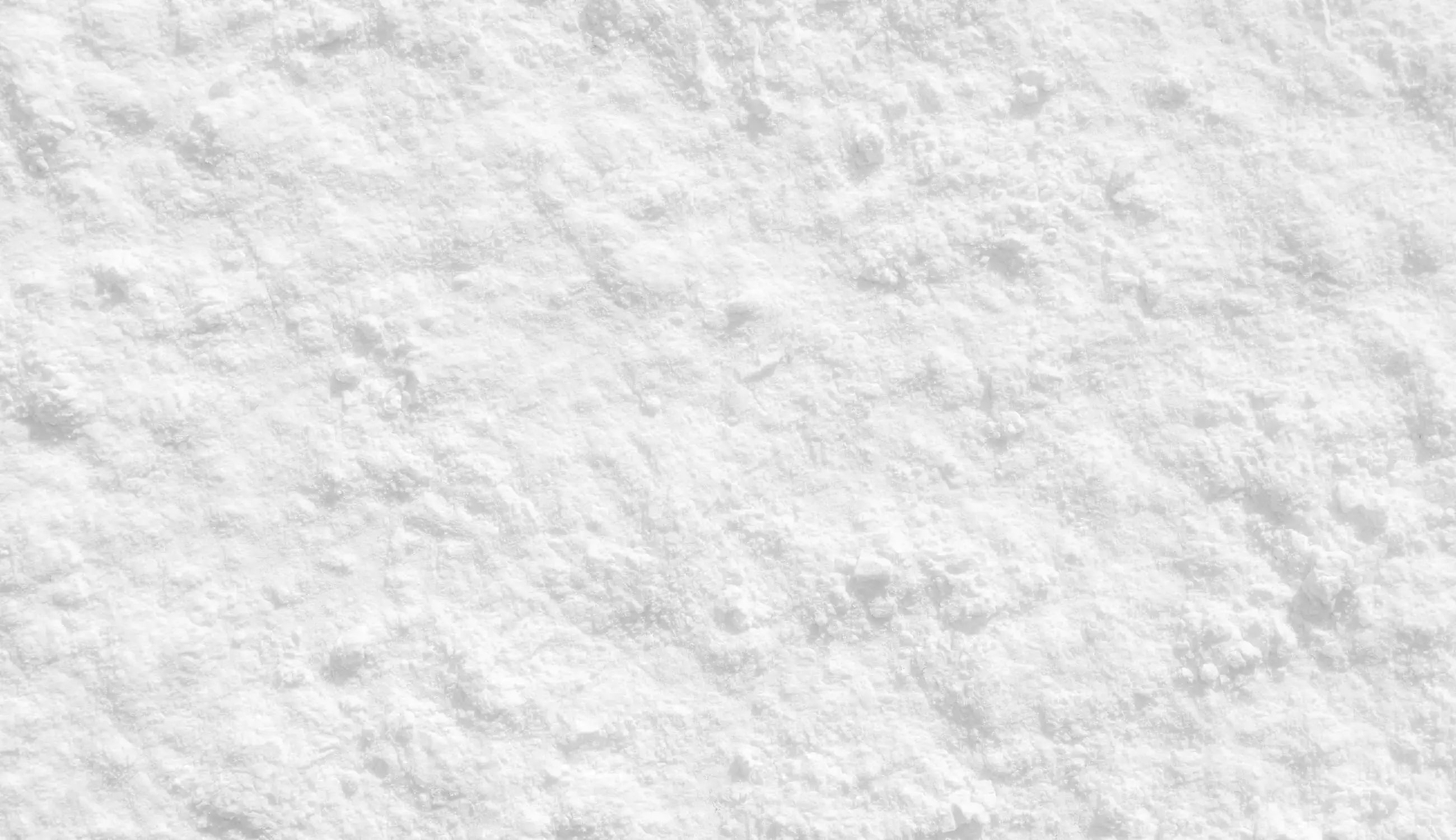
We’re thrilled to see the world of clean beauty grow, and hope that you are, too! When it comes to beauty, more and more products are available every day – giving shoppers more cruelty-free and sustainable options.
Despite the growth of this industry, there are a few issues that need some addressing. One such issue is unnecessary fear, which sometimes happens when an ingredient is misunderstood.
One ingredient that comes to mind is potassium sorbate, which is used as a common preservative in makeup and food. While the name might not sound as familiar or straightforward as “organic lavender” or “cold-pressed coconut oil,” it’s not as scary as you might think.
Did you know that potassium sorbate actually comes from a tree? That’s just the beginning! Let’s take a closer look at potassium sorbate, how this mild preservative is used, and how safe (or unsafe) it truly is to our health – plus its benefits in skin care and cosmetics.

Potassium sorbate is a preservative found in food, skin care, cosmetics, and personal care products. It is the potassium salt of a naturally occurring compound known as sorbic acid. This ingredient kills microorganisms and prevents the growth of bacteria, fungi, and mold.
Potassium sorbate occurs naturally from the vibrant berries of the rowan tree (Sorbus aucuparia) or mountain-ashes, which are shrubs or trees known for their hardiness in cold weather. In its pure form, potassium sorbate is a white, water-soluble salt that appears as small grains or crystals.
While potassium sorbate can be naturally sourced, the most common way of producing potassium sorbate is through synthetic methods; specifically, by neutralizing sorbic acid with hydrogen peroxide. The result is a compound identical to that found in nature.
Potassium sorbate has a wide variety of uses. This mild preservative has been valued for decades for its antimicrobial properties, and is an especially effective food preservative found in dehydrated meats, dairy products, and pastries. It’s especially common in dried fruit and is also often used to help preserve wine.
Potassium sorbate can prevent the growth of fungi, mold, yeast, and other potentially harmful foodborne pathogens. Although this natural preservative isn’t as effective against bacteria, and will need to be complemented with other preservatives, such as rosemary or sodium benzoate.
Potassium sorbate makes an effective preservative in food, but this ingredient’s antimicrobial and antifungal properties are easily transferred to skin care and cosmetic products. Since this preservative is a viable alternative to more harmful parabens, it’s become quite popular in clean skin care and natural makeup. As a result, potassium sorbate is often used in products at a concentration of up to 1% as a preservative.
However, in recent years, the word “preservative” has developed a strange stigma as something that’s dangerous or harmful to our health – but this assumption needs to be talked about to be fully understood.
Any product comprised of certain components will naturally degrade over time; this is where preservatives come in. Preservatives help to maintain ingredient stability and ward against bacterial population, keeping it safe to use over time with relatively the same quality and performance – at least, until the product hits its expiration date.
Preservatives are used in skin care products to keep us safe. Specifically, they help prevent the onset of harmful pathogens like mold, bacteria, and fungi. This system is crucial in products that contain water: the key conduit of bacteria, especially when combined with oxygen. The more water it contains, the stronger and more concentrated the preservatives will need to be.
Since our skin has a hard-enough job just keeping us, well, together, it’s all-the-more important to make sure every formula has its own preservative system in place and the products we apply topically are effective at staving off harmful bacteria.
The bottom line is preservatives serve an important role, and without these front-line defenders, your beauty products will quickly spoil. However, some companies have led consumers to mistrust preservatives in skin care, even potentially harmless ones like potassium sorbate.
Newsletter Subscribe
for more blog updates and exclusive discounts
So, what exactly do the experts say about potassium sorbate’s ingredient safety?
According to studies, potassium sorbate has been deemed as a safe ingredient in personal hygiene and cosmetic products. They use trials in which subjects used potassium sorbate at levels of 10%, which is far higher than the concentrations used in cosmetics. It was found that even at this level, potassium sorbate caused no irritation to the eyes, and was only mildly irritating to the skin.
According to the Environmental Working Group (EWG), potassium sorbate ranks as a 3 on a scale from 1 to 10 with, 1 being the lowest health risk and 10 being the highest. While some individuals are allergic to potassium sorbate, this occurrence is quite rare.
The FDA reviewed potassium sorbate as a preservative ingredient, and has also determined that it’s Generally Recognized As Safe (GRAS) as a preservative for direct addition to food.
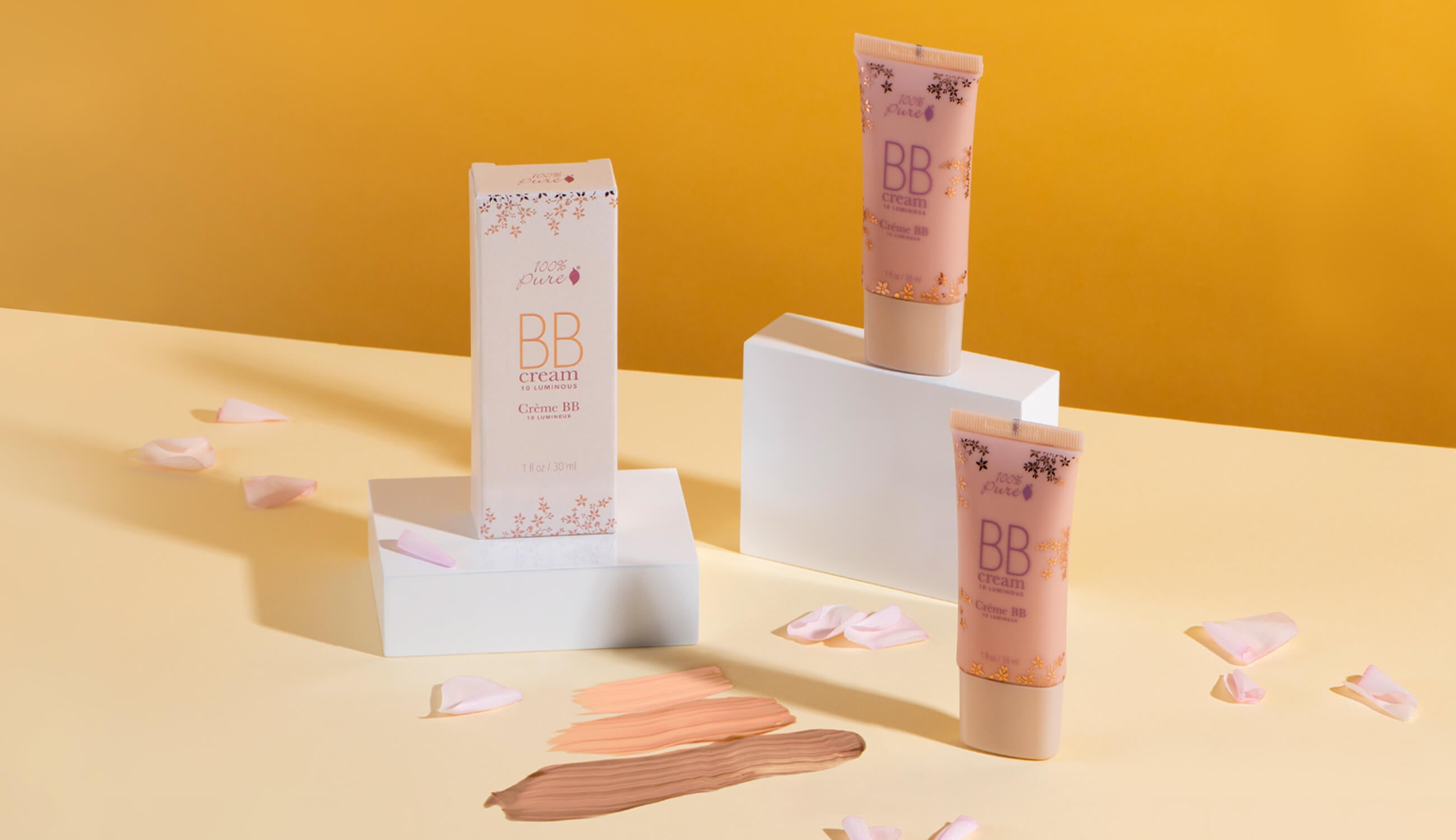
We support beauty based on natural, plant-based, and cruelty-free principles – but that doesn’t mean we let quality take a back seat. Preservatives are an absolutely necessary ingredient, and when we choose our preservatives, we make sure that they count.
Without further ado, here are 3 of our cult-favorite products that include potassium sorbate:
#1: BB Cream
Potassium sorbate is one of the key ingredients in our best-selling BB Cream. As a lightweight formula with a pearly, dewy finish, this BB cream is kept squeaky clean thanks to the natural preservative power of potassium sorbate, tocopherol (vitamin E), and sodium phytate, which is another type of sodium salt derived from plant seeds.
Together, these ingredients help keep this BB cream (and of course, your skin) safe from harmful pathogens, while fatty acid-rich bilberry seed oil feeds and nourishes the skin, shea butter moisturizes, and cornflower water tones and soothes redness. Natural minerals provide pigment and coverage, and the result is a product that manages to act as both skin care and makeup.
Our foaming milk cleanser includes potassium sorbate to keep it fresh. Perfect for dry and sensitive skin, calendula flower calms breakouts and encourages collagen production, while aloe juice and sea buckthorn oil quench and condition the face. Rose hydrosol and chamomile soothe and soften skin.
Potassium sorbate preserves the clean, refreshing power of this natural rose water spray. It helps to keep the formula fresh and healthy for your skin. Rose hydrosol balances pH, reduces redness, and gently moisturizes, while hyaluronic acid quenches dry skin and boosts your glow. This mist can be applied throughout the day for a boost of hydration, and used as a makeup setting spray.
With the influx of skin care products and cosmetics proclaiming to be “preservative free” or what’s more, leading you to believe preservatives aren’t necessary - or are even harmful - it’s easy to see why we might steer clear of preservatives.
While we mentioned there are some chemical culprits to avoid, natural preservatives like potassium sorbate - when used correctly - are safe alternatives for staving off harmful pathogens from forming in our fave skin care and makeup formulations. They’re gentler on your skin and the planet, making them a win-win for everyone involved.
We carefully hand-select products based on strict purity standards, and only recommend products we feel meet this criteria. 100% PURE™ may earn a small commission for products purchased through affiliate links.
The information in this article is for educational use, and not intended to substitute professional medical advice, diagnosis, or treatment and should not be used as such.












